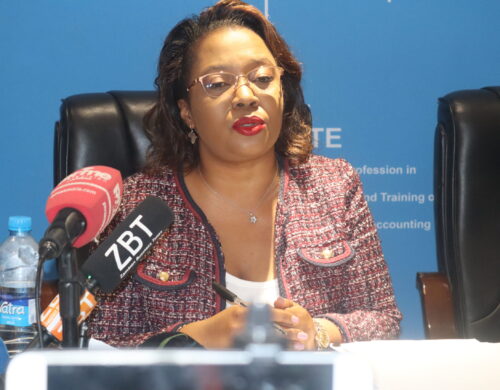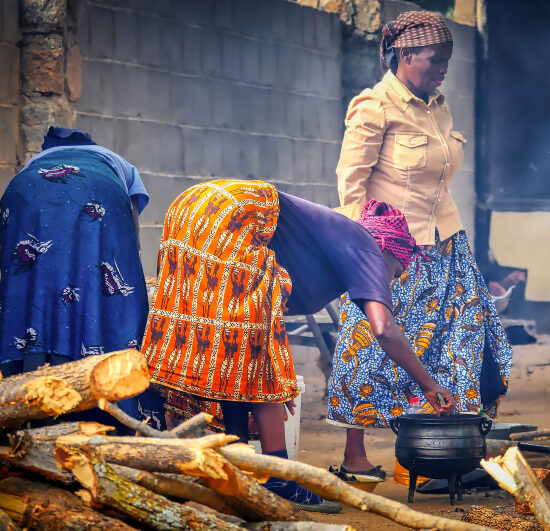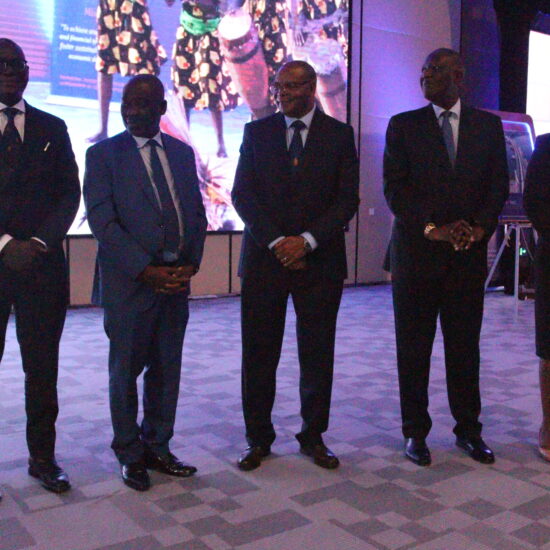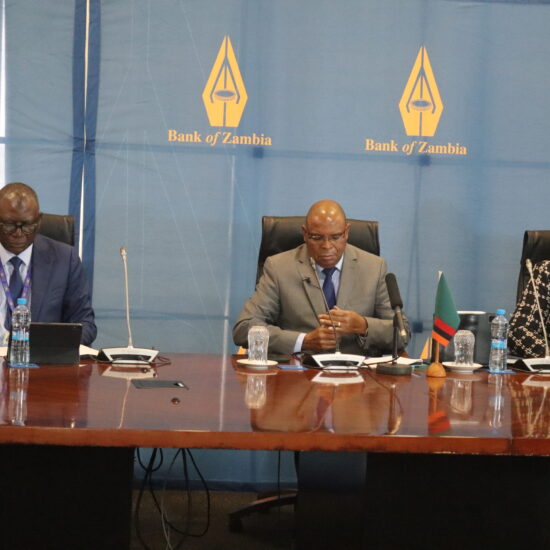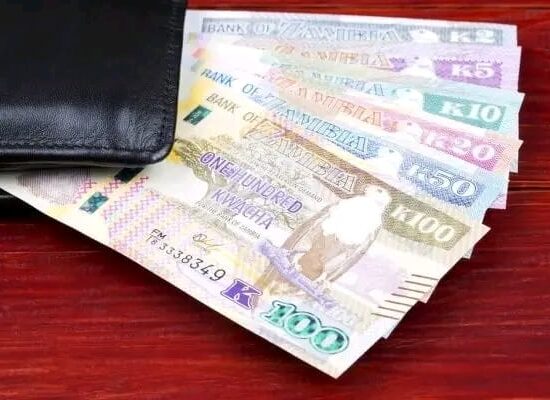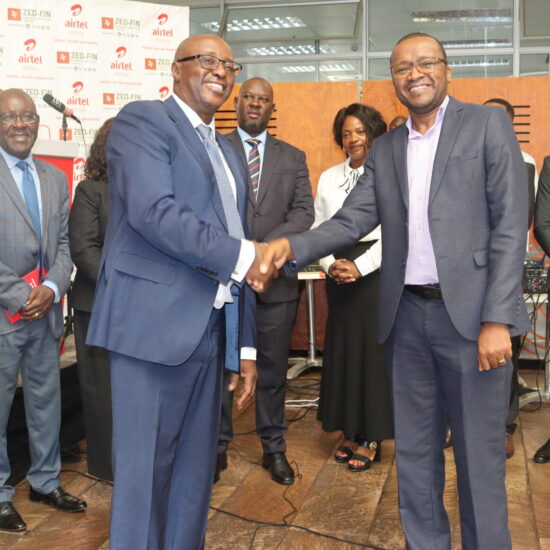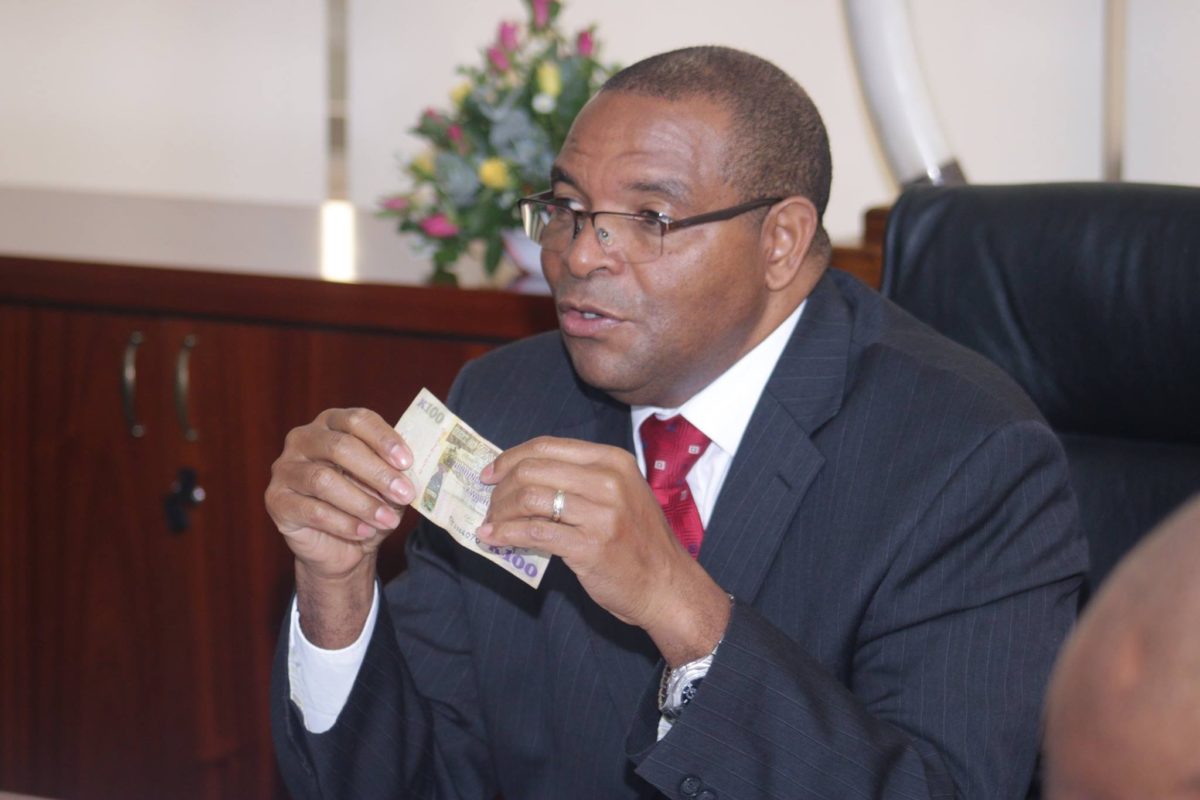
Bank of Zambia – BOZ Governor Dr. Kalyalya disclosed in response to a question from the Zambian Business Times – ZBT that supply of forex from the mine has been declining failing to US$435.1 million in the first quarter of 2019 compared to US$683.1 million in the first quarter of 2018.
He explained that the trend has been downwards hence the need for diversifying export earnings being an imperative. He warned that if the country continues to rely on copper mining companies alone, the country will risk ending up having constraints in the supply of foreign exchange.
In addition, the governor revealed that this was despite the copper prices having held up and slightly increased to US$6,226 per metric tonnes in the first quarter of 2019 compared to US$6,164 in the last quarter of 2018 but projections going forward suggest that there could be some risks to the price.
The Bank of Zambia – BOZ has urged Zambians and especially those with the innovative and business acumen to set up and develop firms that can locally produce goods and services, and later export to step up and help alleviate the Kwacha slide which has massively been weakened relative to other major international convertible currencies.
Responding to another question raised by the Zambian Business Times – ZBT, BOZ governor Dr. Denny Kalyalya stated that the movement in the Kwacha value relative to other currencies is affected by the balance between the supply and demand of foreign exchange and that the Kwacha’s fundamental strength is determined by economic activities of Zambian people in the country.
A review of the BOZ Monetary Policy Committee – MPC report also indicated that since the beginning of the second quarter of 2019, the Kwacha has been under severe pressure depreciating by 14.9% against the US dollar.
Dr. Kalyalya has attributed the depreciation of Kwacha to elevated demand for petroleum imports, reduced supply for foreign exchange and negative market sentiments. He further mentioned that the Kwacha was relatively stable in the first quarter of 2019 weakening marginally by 0.6% to an average of K11.95/US dollars.
And BOZ Deputy Government Dr. Bwalya N’gandu said the central bank is in the process of calibersring the amount of Kwacha available to those participating in the market as a measure to aid of strengthening and balancing of the local currency, the Kwacha.
Dr. Ng’andu said the central bank will continue to do its best to stabilize the Kwacha and also reiterated the need by local economic players to play their role in order to calm the situation.
“We will go into the foreign exchange market with dollars but the idea is not to change the direction of the currency because that will be determined by the fundamental relationship between supply and demand, BOZ will just deal with fluctuations and look at how to flatten them. We will do our part to stabilize the currency and we expect economic players to do their own as well,” he said without pointing out the actual players he referred to.
